Hartzell HC-12X20 User manual




















This manual suits for next models
2
Table of contents
Other Hartzell Aircraft manuals
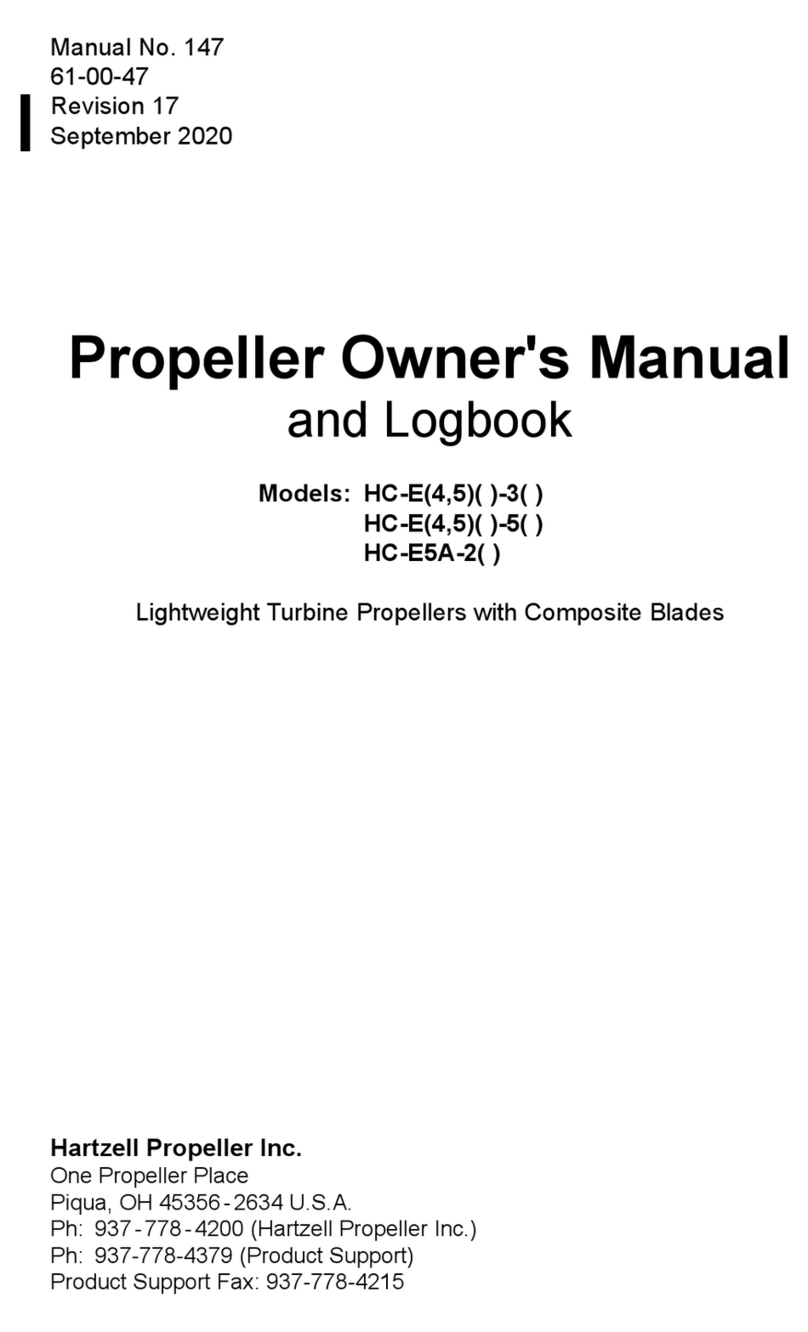
Hartzell
Hartzell HC-E4 3 Series User manual

Hartzell
Hartzell HC-Y-1 Series User manual
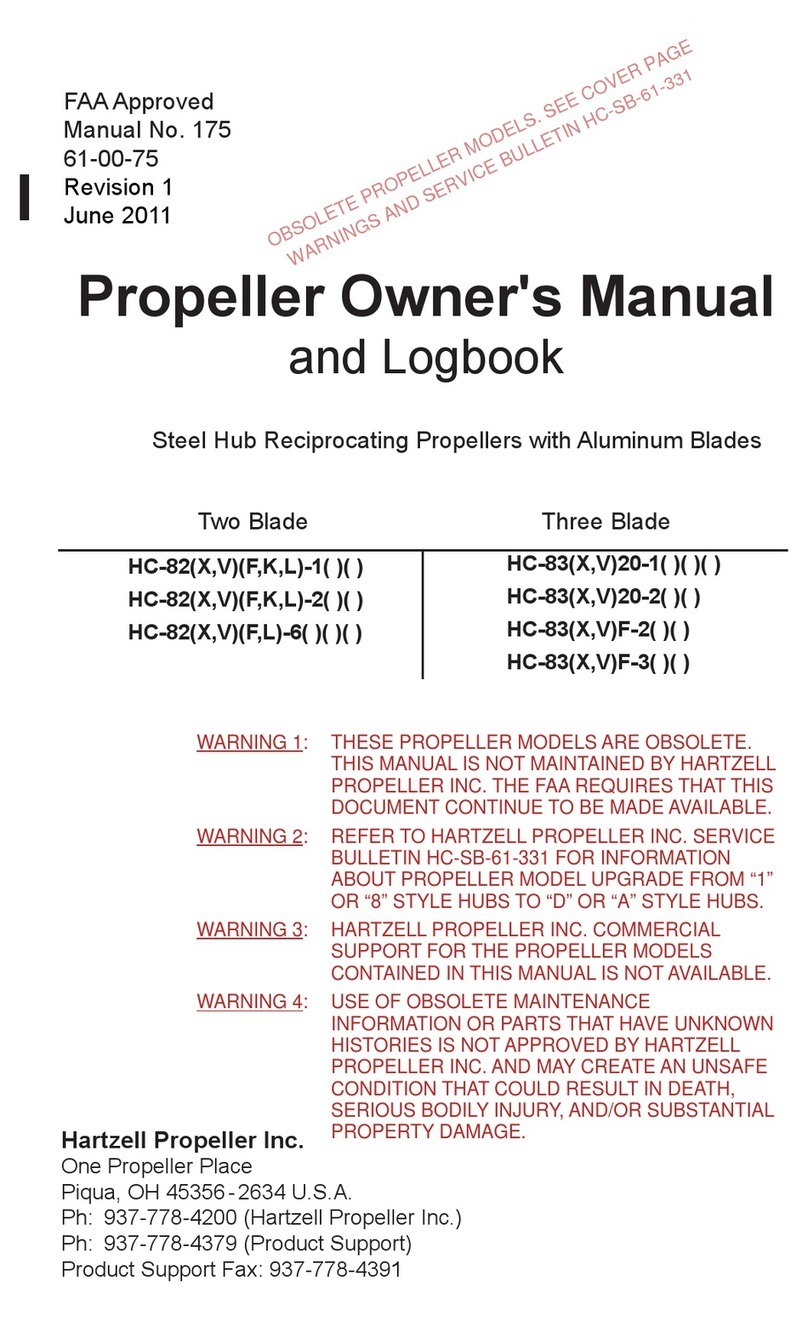
Hartzell
Hartzell HC-82XF-1 User manual
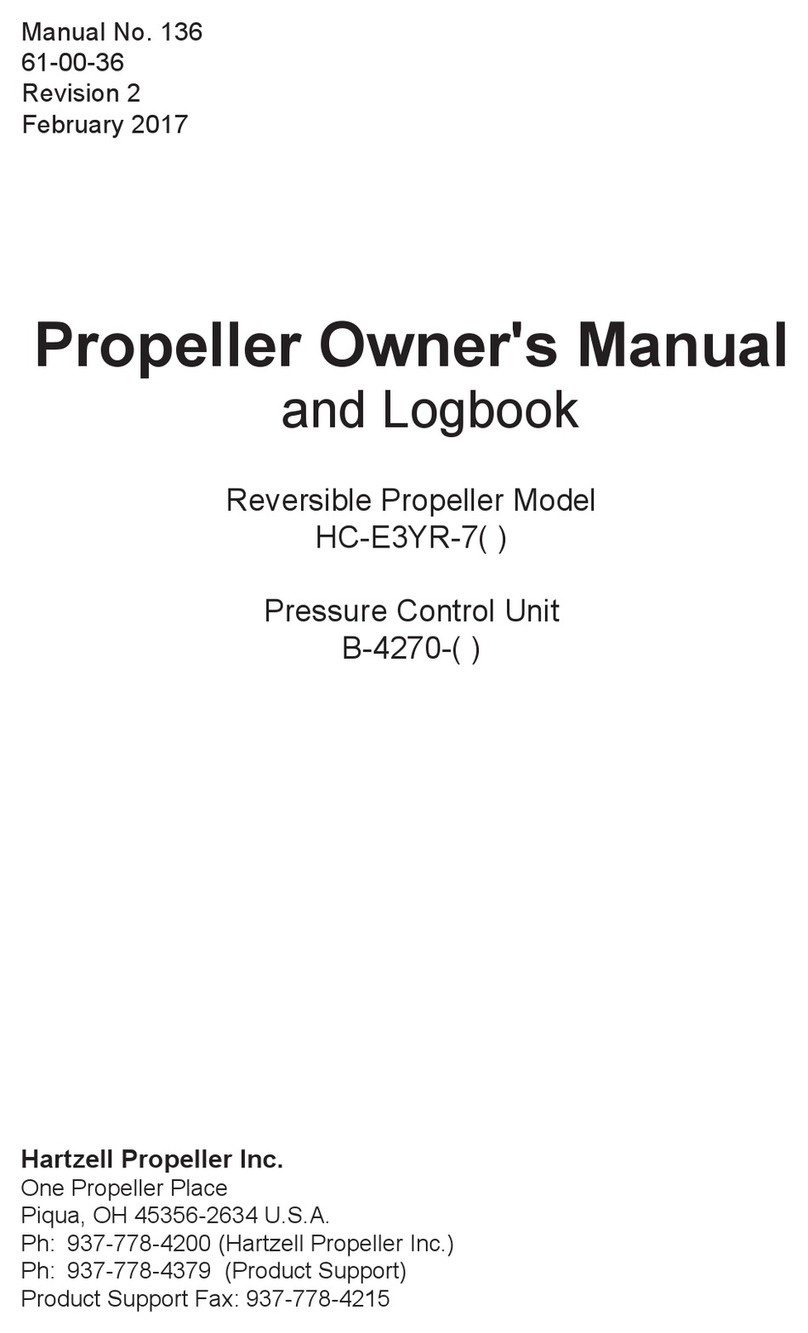
Hartzell
Hartzell HC-E3YR-7 User manual
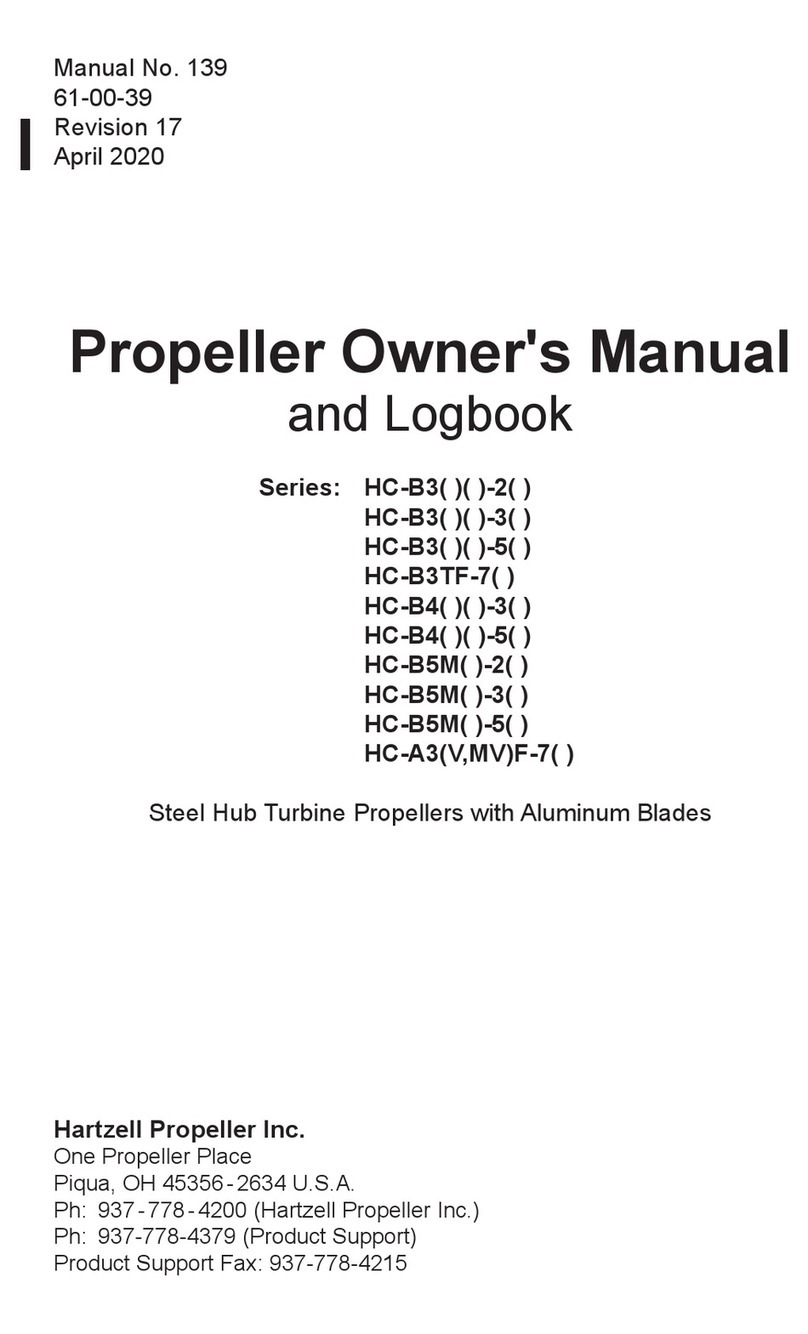
Hartzell
Hartzell HC-B3-2 Series User manual
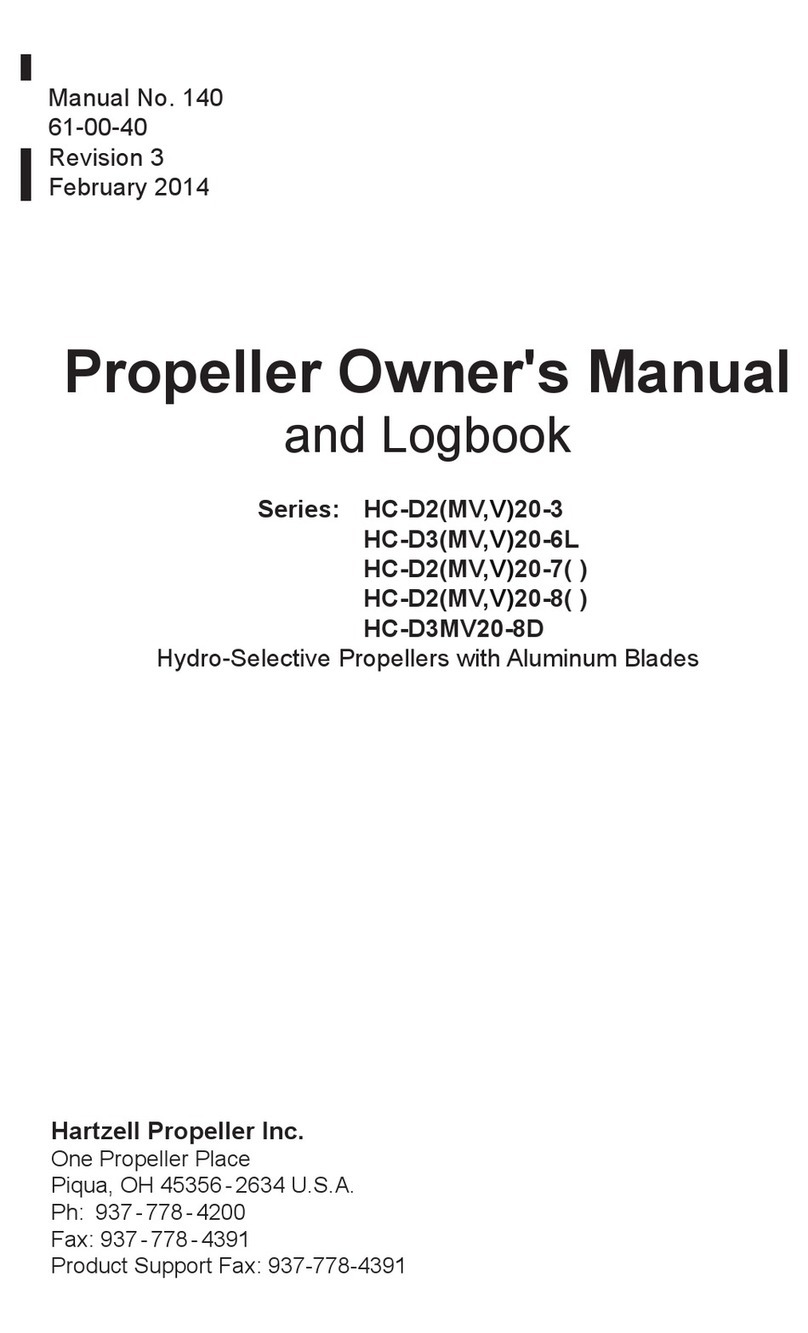
Hartzell
Hartzell HC-D2MV20-3 Series User manual
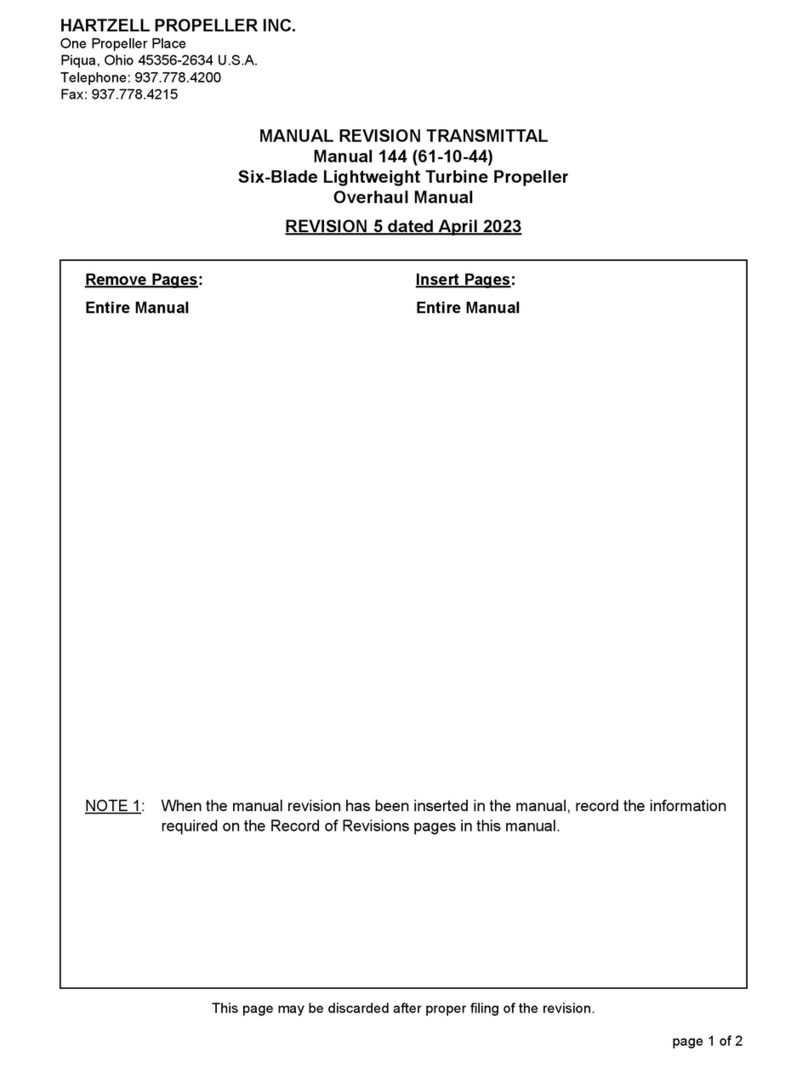
Hartzell
Hartzell HC-A6A-3 Series User manual
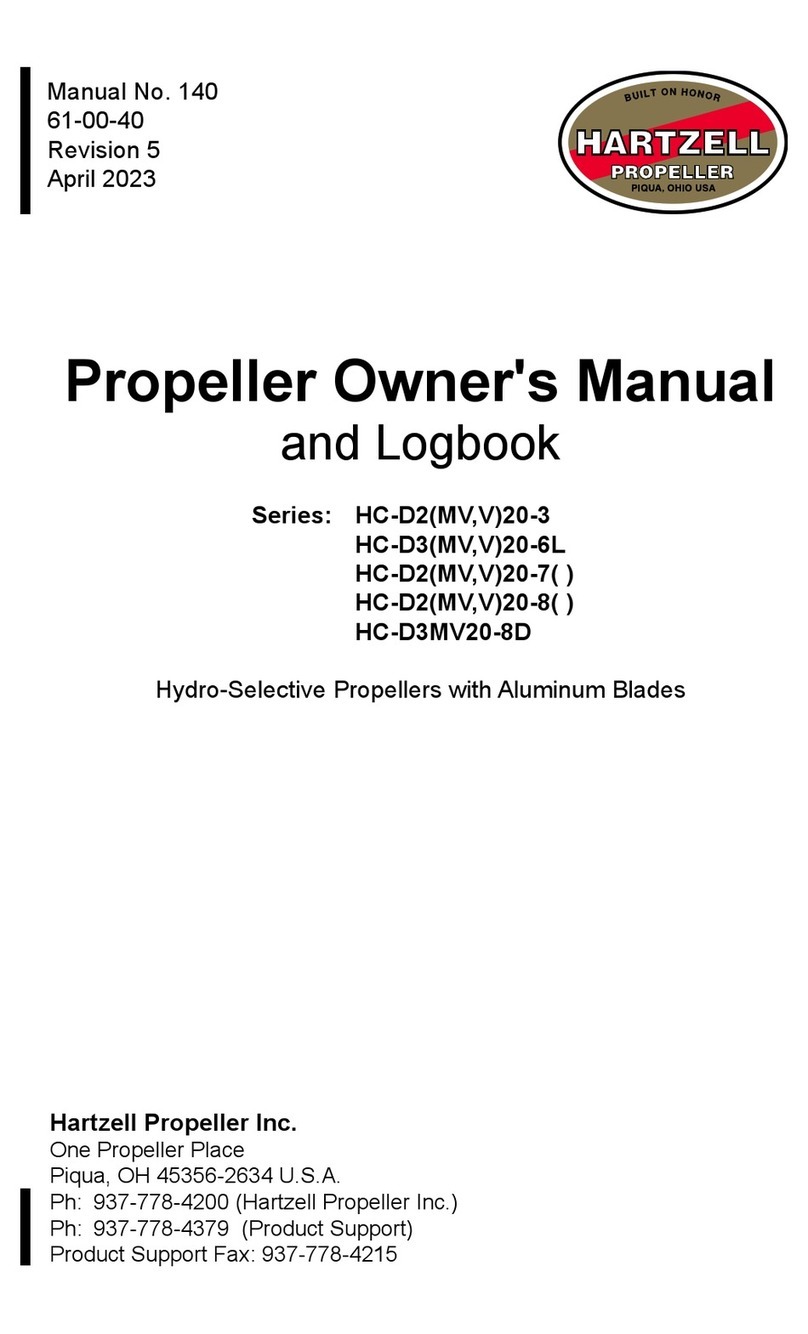
Hartzell
Hartzell HC-D2MV20-3 Series User manual

Hartzell
Hartzell HC-D2X20-3 User manual
Popular Aircraft manuals by other brands
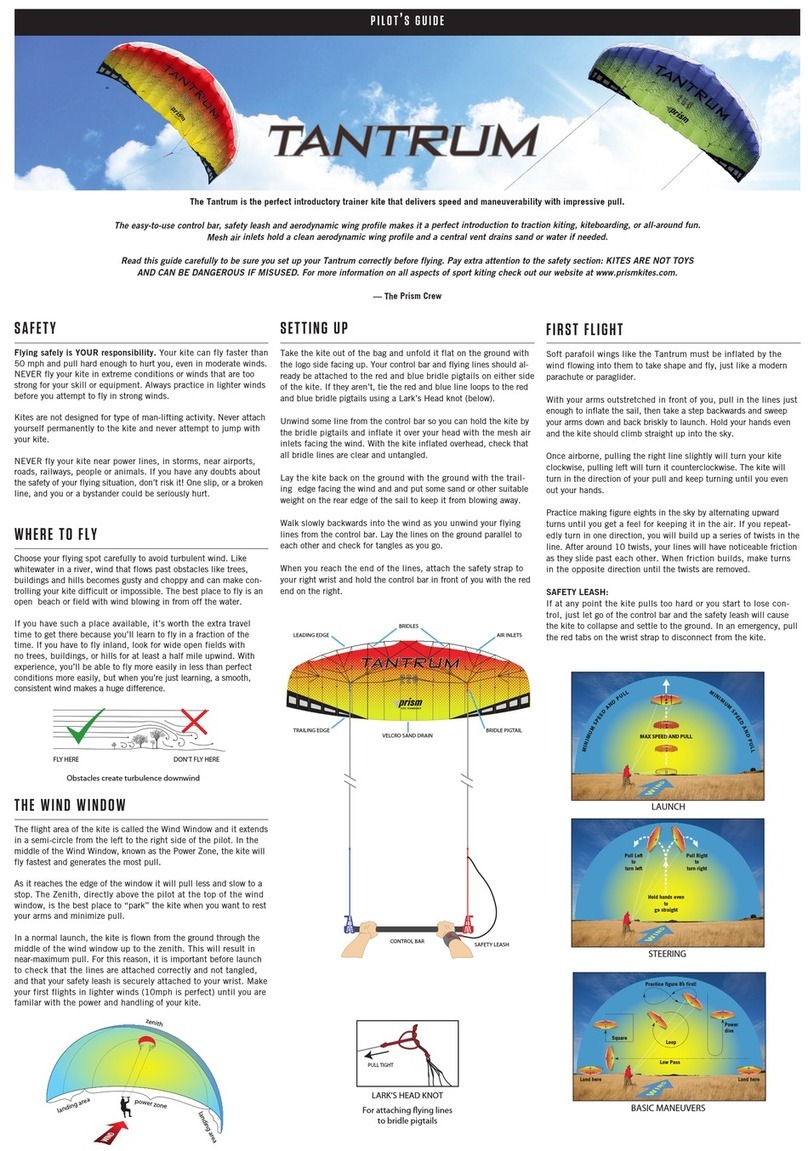
PRISM+
PRISM+ Tantrum 250 pilot's guide
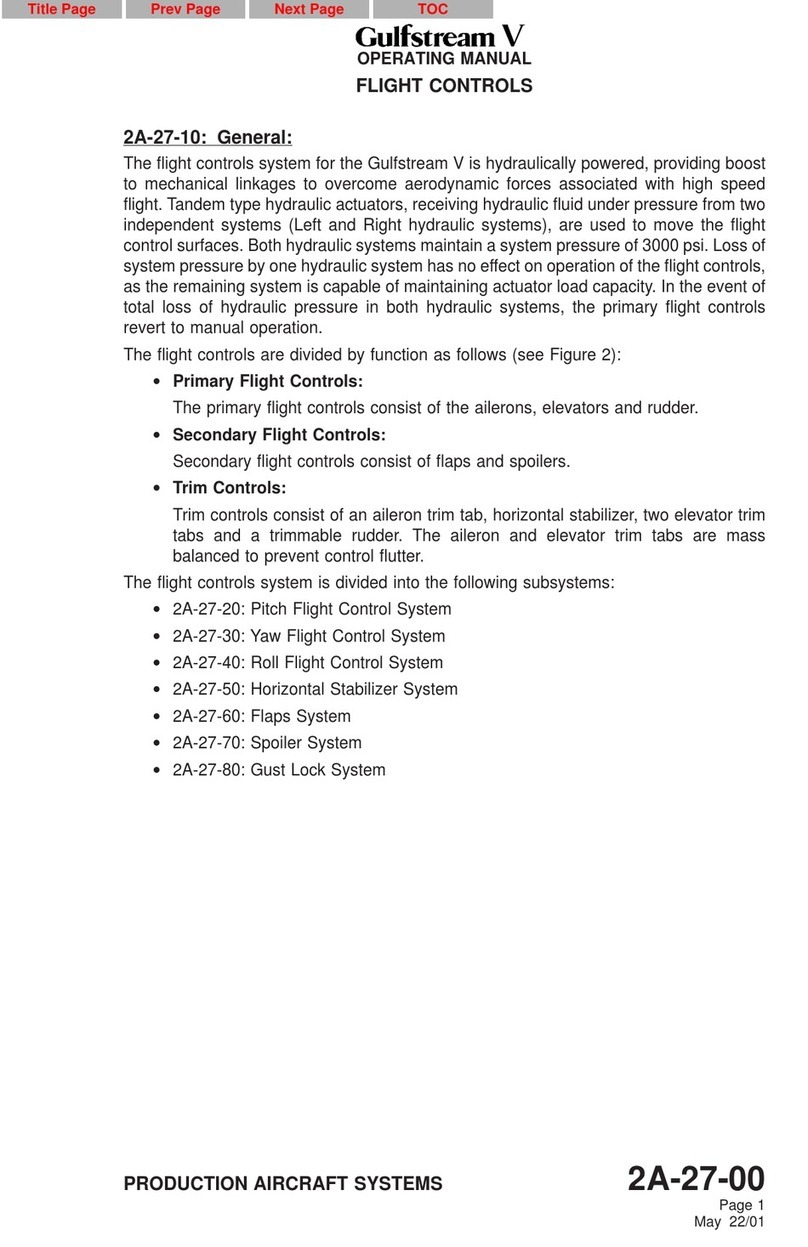
Gulfstream
Gulfstream V operating manual
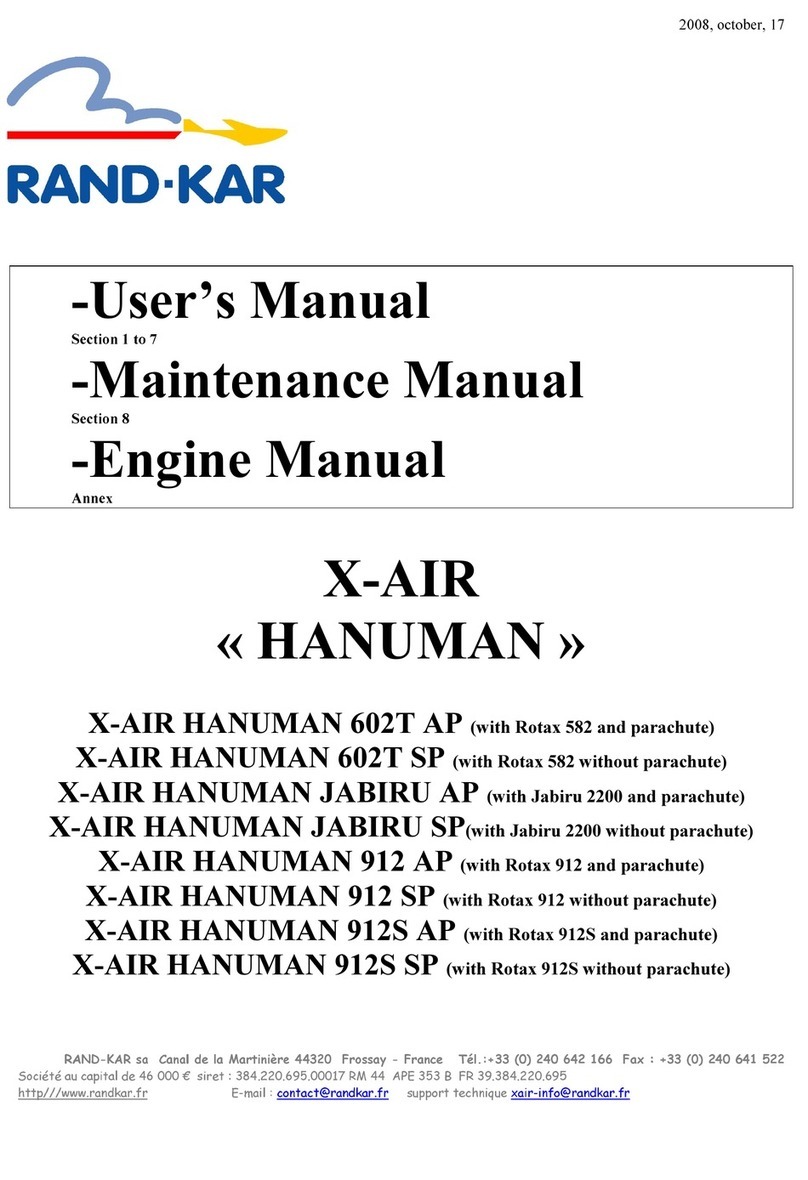
Rand-Kar
Rand-Kar X-AIR HANUMAN 602T AP user manual

FlySynthesis
FlySynthesis Storch S 500 LSA Pilot operating handbook and training manual
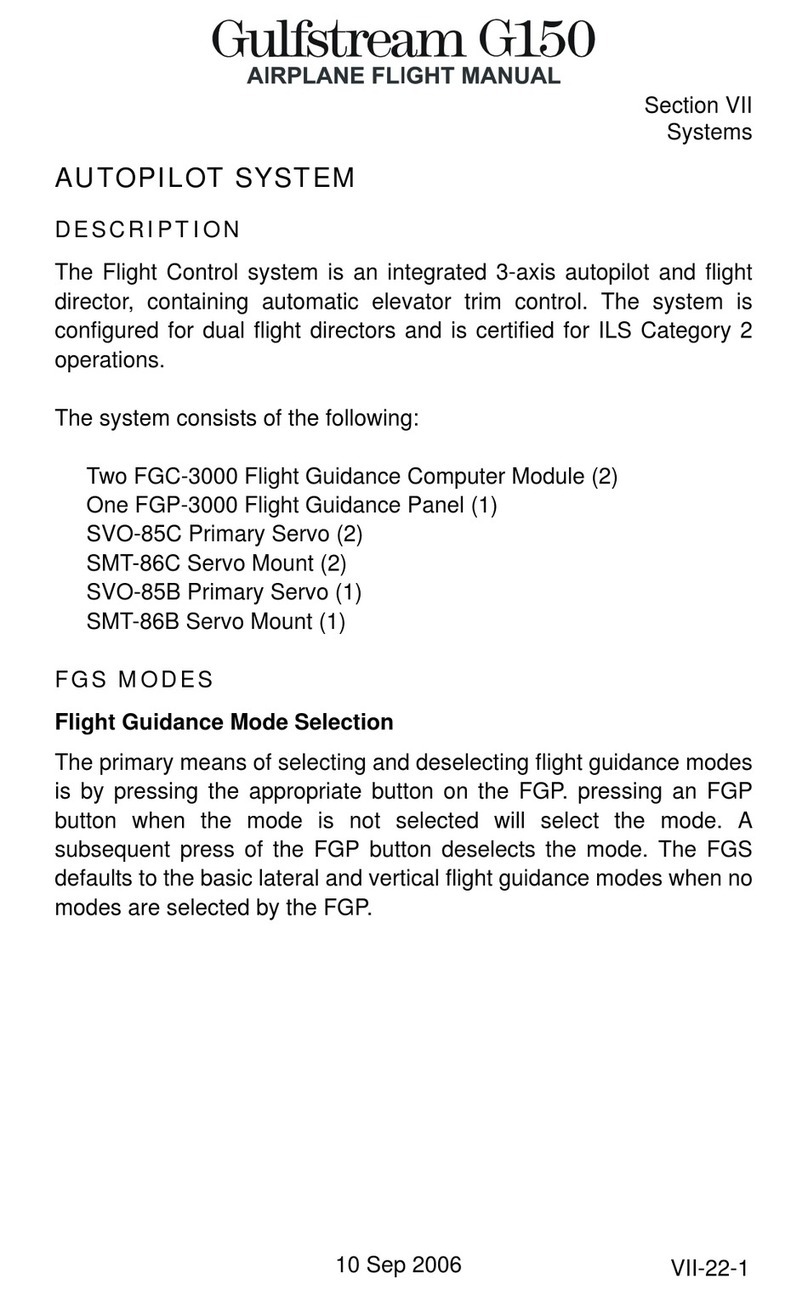
Gulfstream
Gulfstream G150 Flight manual
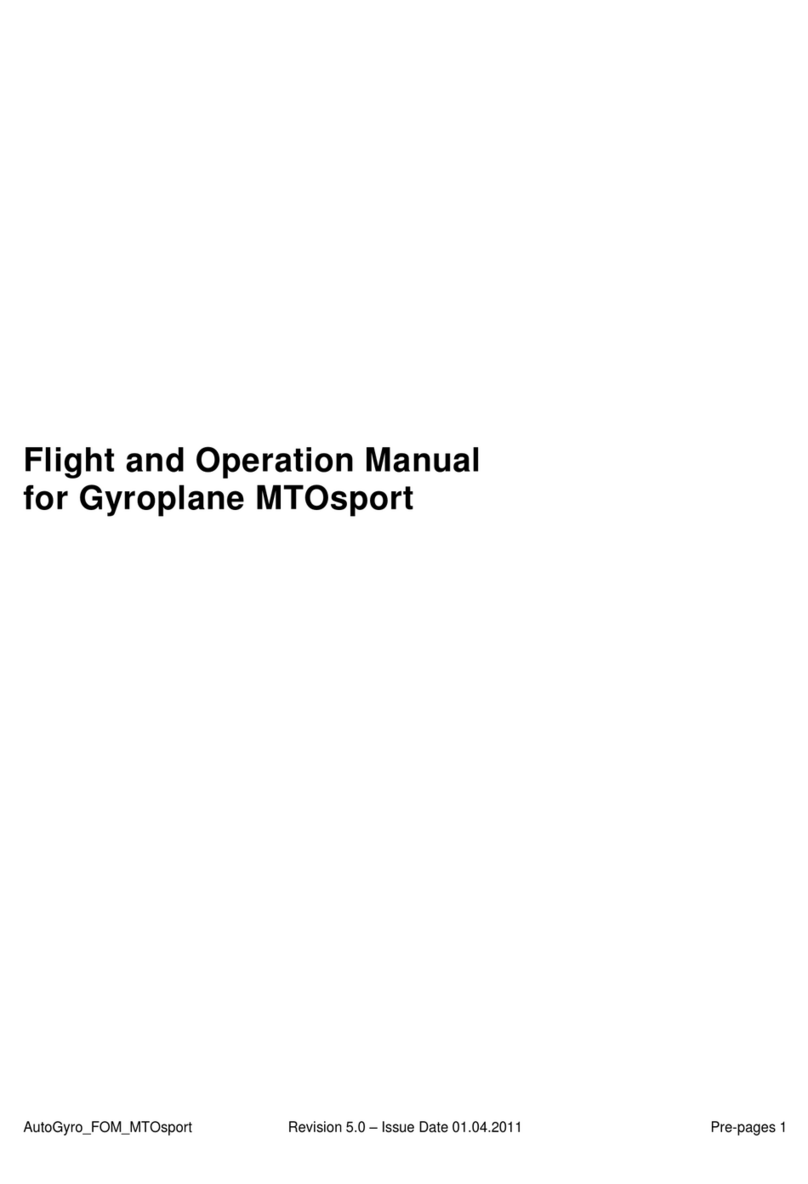
AUTO GYRO
AUTO GYRO MTOsport Flight and operation manual

ZAGI
ZAGI Zagi-Fixx Assembly manual
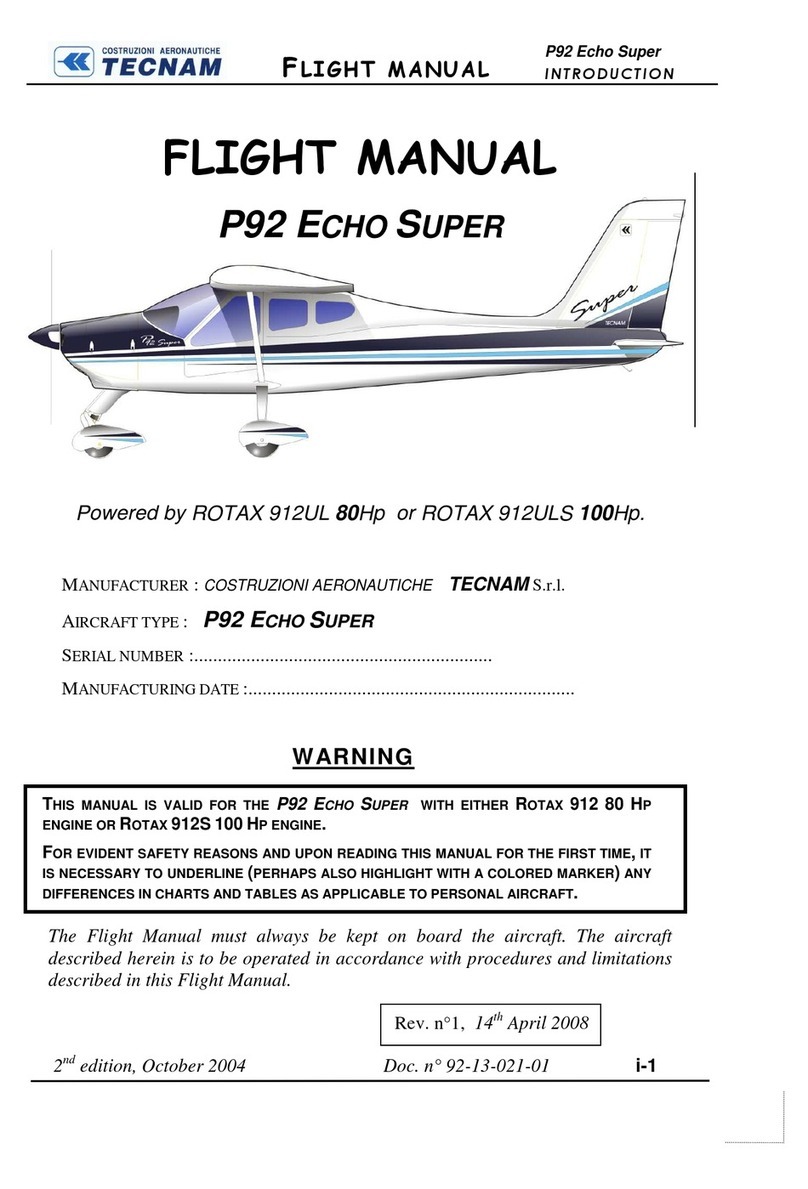
Tecnam
Tecnam ROTAX 912UL 80Hp Flight manual

Urban Air
Urban Air UFM - 13 LAMBADA Operating and maintenance manual

ITV PARAPENTES
ITV PARAPENTES Jedi 2 manual

LittleCloud
LittleCloud Baby Goose manual

Robinson Helicopter Company
Robinson Helicopter Company RTR 660 Maintenance manual





